Corvallis to Richland and back
After an informative tour of the NuScale facilities in Corvallis, OR on October 20, I continued my quick visit to the Pacific Northwest.
I had originally arranged my travel plans to fly into Portland, OR instead Richland, WA — which was my ultimate destination — for a variety of reasons. It enabled the visit to NuScale; it was cheaper to fly into Portland and rent a car for three days than to fly into Richland; and it provided a good opportunity to for a scenic drive in a place I’d never before visited. For an energy-obsessive like me, the drive provided some fascinating scenery — both long-established hydro-electric dams and numerous ridges recently populated by massive wind turbines.
With a recommendation for an interim stop from my NuScale hosts, I left Corvallis aiming for Hood River, an outdoorsy, historic town with good restaurants, affordable lodging (at least during slow seasons like mid October) and a number of stores catering to hikers, bikers, kayakers, and windsurfers. In other words, my kind of place, even if I was only going to spend a night.
After a pleasant evening and decent night’s sleep, I drove east on what must be one of the most beautiful interstate highways in America, I-84. It runs through the Columbia River Gorge and in the early to mid morning, offers amazing vistas with the sun glinting off of the massive river. On the morning I drove the Gorge, there were low-lying black clouds with patches of bright sunlight. At least three rainbows were visible during the two and half hours I was on the road. I never bothered to count the wind turbines, which were spinning gently on the morning of my trip east.
At 10:30, I pulled into the parking lot of the campus of the Columbia Basin College where I was scheduled to participate in the ribbon cutting for the ATOM (Advanced Technology Orientation Model). Carl Holder was not only my point of contact, but also one of the key players in recognizing the value of the ATOM as an historical artifact, a valuable public information opportunity and a training tool for new nuclear professionals.
ATOM was originally constructed to support the construction of a 1250 MWe B&W pressurized water reactor with a Westinghouse steam turbine that was one of a pair of power plants that was eventually cancelled after partial completion. That project was partially responsible for the WPPS default; one of the reasons that its cost and schedule ran out of control was the virtual moratorium from the NRC on B&W plant construction that lasted for several years after the TMI accident.
Following the ribbon cutting ceremony, I provided some thoughts about the importance of nuclear energy, the value of practical, hands-on, training/education, and the great future in store for the graduates of nuclear technology programs like the one at Columbia Basin College. I got a few laughs as I described my own “trade school” education and pointed out my decision to wear a trade school tie for the talk.
CBC is particularly well-situated for people that want to become nuclear professionals; its instructors are mostly part-time teachers with full time jobs in a number of different nuclear-related fields either at Energy Northwest’s Columbia Generating Station or at the Hanford Site. There are also new opportunities being developed at NuScale and at Terrapower. Successes at those start-up companies will bring suppliers, spinoffs and exciting opportunities for young, energetic and ambitious people and provide them with a deepening understanding of what nuclear energy development can mean to a more prosperous and environmentally friendly future.
One of the best things about being invited to speak at a university, college or training facility is the opportunity to talk with students, either young and straight out of high school or more experienced but working to enhance their skills and marketability. After my talk at CBC, I had some great conversations that kept going as the caterers and facility people cleaned up after lunch and broke down the tables and chairs. More than an hour after the event officially ended, we were still chatting but decided to snap a few photos for posterity.
After putting the final touches onto a presentation that remains a bit of a work in progress, I walked from my hotel to the site of the Eastern Washington ANS meeting. There is a scenic and well-used trail along the Columbia River in Richland; the local economy must be doing okay since I passed what seemed to be a very nice yacht club along with some impressive looking boats in the associated basin. That facility was surprising and felt out of place compared to the desert scenery I’d passed since leaving Hood River.
It was great to see some old friends and some people that introduced themselves as frequent Atomic Insights readers or Atomic Show listeners.
As usual, the ANS audience was supportive, attentive and provided good body language feedback. That is always appreciated from a speaker’s point of view. You can see the talk and hear the questions and answers at Purposely imposed fear prevents properly using radiation benefits.
The next day, I had plenty of time available for sightseeing since I had scheduled a red-eye flight back to Lynchburg. This time, few of the wind turbines were spinning and the river looked like a mirror.
Though it was a sunny day when I left Richland, by the time I got to Hood River it was raining hard with no sign of letting up. My rain gear and hiking boots hadn’t made the cut for my carry-on luggage, so the sight-seeing was more limited than initially planned.
Plans that depend on cooperative weather often provide disappointing results. A similar statement holds true for energy production facilities.
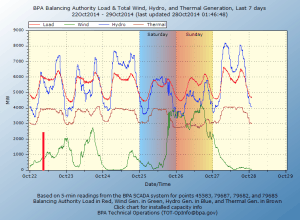
I need to plan another trip to the area, this time with more time available to tour its unique sites. My dear friend Wanda Munn told me I really need to see the reactor compartment unloading facility. Others suggested visits to tanks, the “VIT” facility, or even the currently inactive, but often sorely missed Fast Flux Test Facility.
During one of my many conversations while in Richland, I learned that the FFTF is not quite as dead as I thought it was. In light of our current testy relationship with Russia, the home to one of the few facilities in the world that can perform the kinds of tests done at FFTF, perhaps it is time to reconsider the long term plans for FFTF. The folks at TerraPower might worry a little less about their ability to succeed if they had an alternative site for their current testing program.

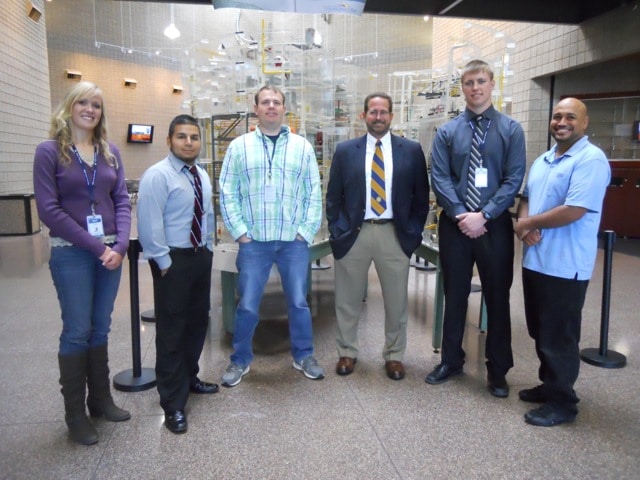
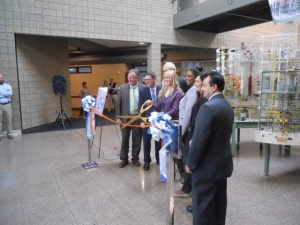
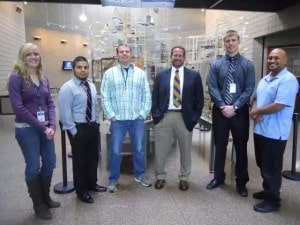
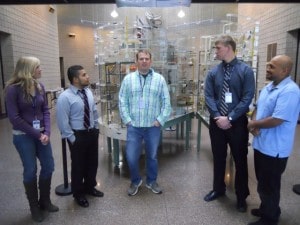
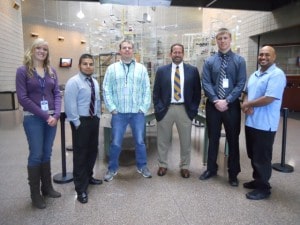
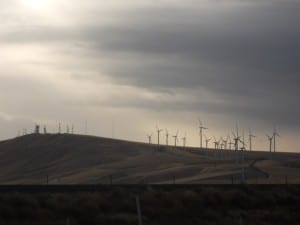
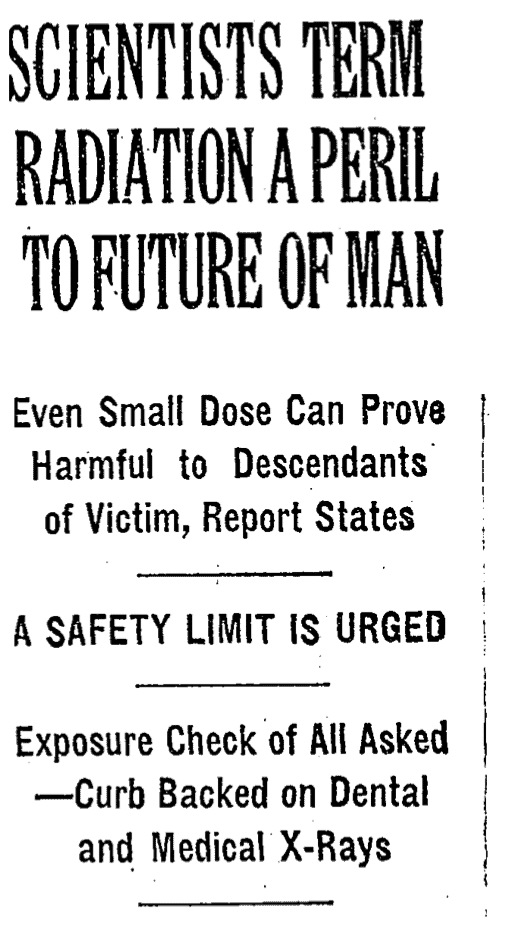
Rod,
Next time, you need to make sure to tour the Northwest’s only Nuclear Power Plant!!
I drove I-84 once more or less by accident; I’d been heading south from Washington trying to see Crater Lake, but the weather was not good and I couldn’t find any reports for the area. I gave up and headed east on I-84, back towards Michigan. Not only did I get to see Craters Of The Moon, I caught some interesting attractions by the roadside as well.
@JohnGalt
So if they have a surplus of power, why do they need the electricity generated from wind? After all, that power is subsidized with payments from all US taxpayers to the tune of $23 per megawatt-hour.
BPA does not own or operate the wind turbines, but they are forced to purchase the power that the turbines produce, whether they want it or not.
Bonneville Dam is worth seeing too. It’s just off the Interstate.
Stopped at the visitor center and saw the underwater view of the fish ladders. Too wet for a dam tour.
BPA has been exporting power long as I can remember, and no-doubt much longer than that. I toured Bonneville thirty years ago, was awe struct by the display describing the Pacific Direct Current Intertie: 800 kV DC, Columbia River to L.A.
And those power plots — look at the ramp rates of Columbia River hydro!
Must be nice…
Ed, yes the load graph is fascinating, including the hydro ramp rate. The graph contains a textbook full of info. It illustrates the load curve every utility must cope with, two daily M thru F peaks and the weekend load drop. Everybody wants day shift work and weekends off. Imagine Trojan was still in the mix; what would it look like then? Or imagine a utility coping with it without hydro, which might be the norm. And then there is that pesky wind peak on the 23rd at min load, not to mention the whole weekend wind peak. Maybe it’s a simple Load Dispatcher problem. Why do they let the wind blow when they don’t need the power? Or better yet, why do they buy it? As an operator, if I was chasing that load demand curve with a load following nuke plant, I think I’d have a totally different relationship with Xe. Good thing it rains all the time there; keeps the dams full for the hydro and doesn’t add solar to the confusion. I guess we’re lucky we have 50 different state utility commissions regulating, and fossil fuel prices don’t affect the mix; or political agendas either. Can’t even imagine a better way to supply a product that’s considered a luxury in most parts of the world.
I find it interesting that EL and “JohnGalt” are playing tag team in the article comments. You see one or the other, but not both. Could this be “JohnGalt”‘s homework assignment before he’s assigned to some other website by the oil & gas public relations people?
Are you guys always so paranoid?
Even paranoid people have enemies.
Notice how both EL and JohnGalt refer to the rest of the people participating in this conversation in the second or third person? Neither one says “we.”
@Rod Adams
Huh?
Why would I accuse myself of something I am not doing. Your comment makes no sense (grammatical or otherwise).